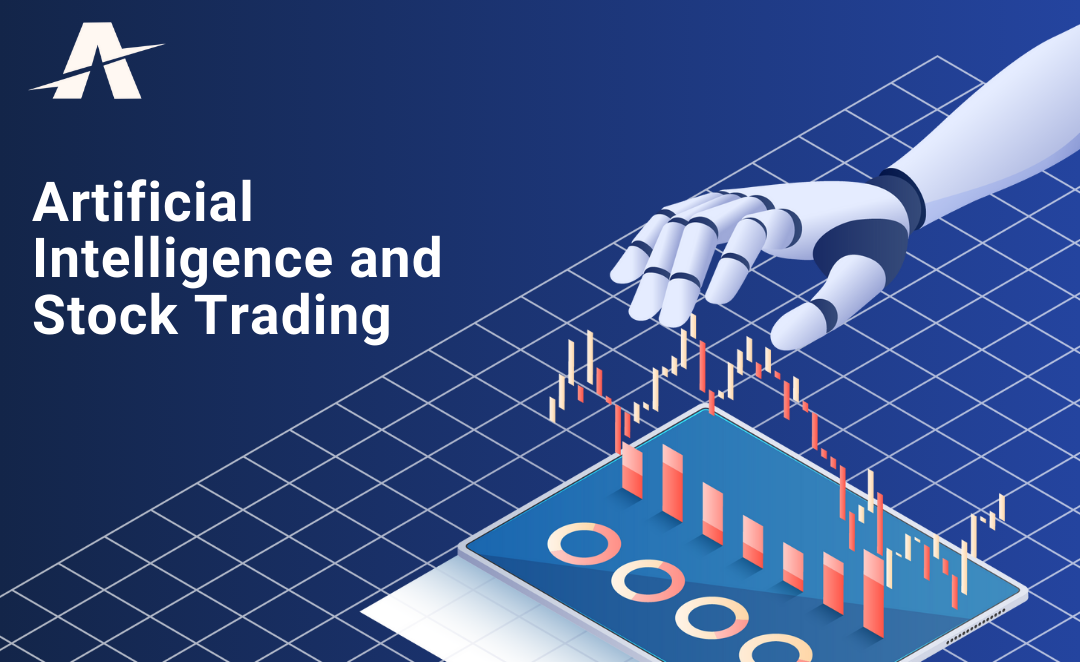What to look out for: See whether the platform provides backtesting to determine how well its predictions have performed based using historical data.
What is important Backtesting can confirm the AI model’s accuracy by comparing predictions to actual historical results.
Search for platforms that permit you to customize backtesting parameters, like time periods and asset types.
2. Real-Time Performance Monitoring
What to Look For What to Look For: Examine how the platform performs in real-time market conditions.
What’s important: The platform’s real-time performance gives a more accurate gauge of its efficiency rather than relying on only historical backtesting.
Tip: Monitor real-time forecasts and compare them to market developments with a demo or trial for free.
3. Prediction Error Metrics
What to be looking for: To measure the accuracy of your predictions, evaluate the accuracy of your predictions using metrics such as mean absolute error (MAE), root mean squared error (RMSE) as well as R-squared.
Why it is Important: These metrics give a measure of how close the forecasts are actual results.
Tip: Platforms that openly share these metrics are generally more transparent and reliable.
4. Rate of Success and Win Rate
What to Look For When you check the platform’s winning rate (percentage of correct predictions) and the success ratio (profitability of trading based on predictions).
What is important Why it Matters: High win rates and success ratios show higher accuracy in forecasting and the potential for profits.
Beware of platforms which claim to have a high win rate (e.g. 90 %+),) since no system can assure 100% success.
5. Benchmarking Against Market Indices
What to look out for: Compare the platform’s predictions and performance to the important market indexes, like S&P 500 or NASDAQ.
Why It’s Important: This will help you determine whether your platform is outperforming, or underperforms, the market overall.
Look for consistency in performance, not only gains in a short period of time.
6. Consistency across Market Conditions
What to look out for: Evaluate how the platform’s performance is affected by different market conditions.
Why It Matters: The platform should be able of performing in all kinds of market environments and not only when the market conditions are favorable.
TIP: Test the forecasts of the platform in volatile times and during market declines.
7. Transparency in Methodology
What to look for: Learn about the AI algorithms and models employed (e.g. neural networks, reinforcement-learning).
Why It Matters Transparency in the methodology can help you assess the reliability and scientific integrity of the system.
Avoid platforms with “black box” model that does not explain how the predictions were made.
8. Independent testing and User Reviews
What to look out for Review reviews from other users and verify independent testing.
Why it Matters Reviews and tests conducted by independent experts provide unbiased insight into the reliability of the platform.
TIP: Go to forums like Reddit, copyright, or financial blogs to see what people have experienced.
9. Risk-Adjusted Returns
What to look out for You can measure the performance of your platform using a risk-adjusted measure such as Sharpe Ratio or Sortino Ratio.
Why it is Important: This measurement measures the risk taken in order to earn results. It gives an overall picture of performance.
Tip: A Sharpe Ratio (e.g., above 1) indicates higher risk-adjusted returns.
10. Long-term track records
What to Look for What to look for: Examine the platform’s performance over a time period (e.g. 3-5 years).
Why it is Important The long-term performance is a better indication of reliability than the results of the short-term.
Tips: Stay away from websites that showcase only the short-term results or only cherry-picked ones.
Bonus Tip Test on a Demo account
Demo accounts or trial versions let you try out the predictions of the platform in real time, without the risk of putting your money at risk. You can test the accuracy and efficiency of the system firsthand.
These tips will help you evaluate the accuracy of AI platform for predicting stocks and analyzing them and select one that is compatible with your objectives in trading and willingness to take risks. Never forget that no platform will be the perfect one. Combining AI insights with your own research is the most effective option. Have a look at the most popular trader ai examples for blog tips including best ai stock, ai investment advisor, ai for investing, ai stock prediction, ai stock trading bot free, free ai tool for stock market india, investing ai, stock analysis tool, ai stock market, best ai etf and more.

Top 10 Tips For Evaluating The Reputation And Reviews For Ai Stock Predicting/Analyzing Trading Platforms
Examining reviews and reputation of AI-driven stock prediction and trading platforms is vital to ensure reliability, trustworthiness and efficiency. Here are the top 10 tips to evaluate reviews and reputation.
1. Check Independent Review Platforms
Look for reviews of reliable platforms, like G2, copyright and Capterra.
What is the reason? Independent platforms permit users to provide honest feedback.
2. Analyze Case Studies and User Testimonials
Tips: Read testimonials from users and case studies on the platform’s site or on third-party websites.
What are they? They provide data on the performance of the system in real time as well as the satisfaction of users.
3. Review industry recognition and professional opinions
Tips: Find out whether the platform has been approved or reviewed by industry experts, financial analysts, or reputable publications.
Expert endorsements lend credibility to the claims made by the platform.
4. Social Media Sentiment
Tip Check out social media websites (e.g. Twitter. LinkedIn. Reddit.) to find out what people are saying and what they think about it.
Social media lets you observe the opinions and views of people and the latest trends.
5. Verify that you are in compliance with the legal requirements
Tips: Make sure the platform complies with financial regulations (e.g., SEC, FINRA) and the laws governing data privacy (e.g. GDPR).
Why: Compliance ensures that the platform operates legally and ethically.
6. Transparency is key in performance metrics
Tips: Make sure the platform has transparent performance metrics including accuracy rates, ROI and backtesting results.
Why: Transparency creates trust and lets users assess the platform’s effectiveness.
7. Take a look at the Customer Support Quality
Reviewers can see how responsive and effective the customer service can be.
Why: For a positive experience, users need to provide reliable support.
8. Red Flags should be checked in reviews
Tip – Look out for recurring complaints like low performance, hidden costs or a lack of updates.
Why: Consistently negative feedback can indicate problems with the platform.
9. Evaluation of User Engagement and Community Engagement
Tips: Check whether the platform interacts with users often and has a lively community.
Why is that a active community is a sign of customer satisfaction and ongoing assistance.
10. Examine the history of the business
Find out the history of the company including leadership, previous performance and prior achievements in the field of financial technology.
The reason: A track record improves the confidence in the reliability of the platform and expertise.
Compare Multiple Platforms
Compare the reputation and reviews of multiple platforms in order to determine which one is most suitable for your requirements.
These suggestions will assist you thoroughly analyze the credibility and reviews of AI software for stock prediction as well as trading platforms. This will help you select a reliable and effective solution. Have a look at the top inciteai.com AI stock app for more examples including trader ai, best ai stock, incite, free ai tool for stock market india, trader ai, trading ai, ai stock picks, copyright ai trading bot, ai trading app, ai trading platform and more.
